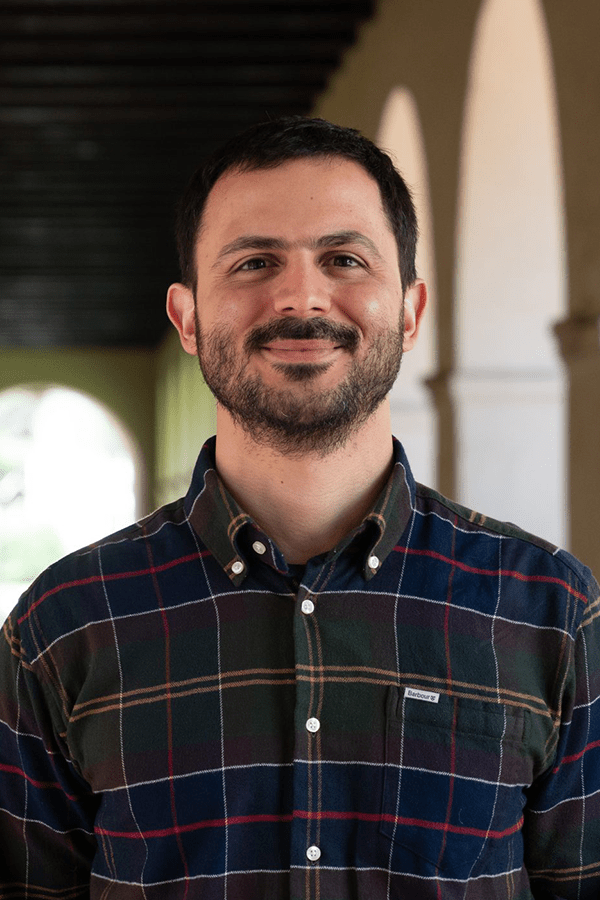Stagkourakis Lab Research Program
Our lab focuses on understanding how biological neural networks drive diverse behaviors. We use cutting-edge systems-level approaches to connect traditionally isolated biological levels, including neuromodulation, ion channel regulation, single neuron membrane properties, neural microcircuits, neurotransmitter release dynamics, hormone regulation, mesoscale neural population dynamics, and animal behavior (e.g., Stagkourakis et al., 2020 – Cell).
Our primary research line targets an understanding of how the brain controls survival behaviors like aggression, mating, fear, and homeostasis. We use mice as our main animal model due to the extensive genetic and neuronal recording tools available. Recently developed, high-density single-neuron recording technologies allow us to investigate large neuron ensembles across brain areas in both head-fixed and freely behaving rodents (e.g., Stagkourakis et al., 2023, bioRxiv). This helps us identify mesoscale neural principles that guide behavior, reassess traditional views of brain function, and develop new theories on neural control of behavior.
However, even in rodents, advanced single-neuron recording technologies can capture only a tiny fraction of the brain’s activity, limiting our understanding of how neurons generate behavior. To address this, we also study simple microscopic animals using an organismal biology approach to understand the neural computations that give rise to behavior. Our goal is to record the activity of all neurons in animals that exhibit rudimentary survival behaviors and to identify evolutionarily conserved, behavior-specific neural principles.
The lab will open its doors in autumn 2024, and we are currently assembling a team of experimental and computational scientists who will work in close collaboration to pursue individual research projects. Our group will operate in state-of-the-art facilities at the interface of the Science for Life Laboratory (SciLifeLab) and the Department of Neuroscience at Karolinska Institute.
Group members:
We are currently actively recruiting for multiple roles, including research assistants (BSc or MSc level), postdoctoral fellows, and a lab manager position.
